(well. I am NOT speaking of "virtual ground" throughout this question/)
As this figure has shown an opamp can be viewed as:
We all know that an opamp like this has two inputs and one output - the input voltage is simply the voltage between the two inputs - but for output voltage, it looks like (from the figure above) there is a "ground" symbol inside the opamp.
Since the opamp does not have any ports connected to the ground (the real Earth), what that "ground" symbol is? This answer gives a good explanation, showing that "ground" is actually the negative electrode of the DC supply (The -Vsupply in the figure above).
(Wait! Don't mark it as duplicate. Read ahead.)
But this is just where my question emerges - Because one thing I know is that most DC power supplies are not grounded to the real earth - i.e. they are floating. Therefore, we do not know what's its voltage referring to the real Earth. Maybe at the negative of DC supply, it is still having, say, 1V voltage referring to the real Earth.
This is all okay until we ground (to real Earth) the non-inverting input and connect the inverting input to the output to form a negative feedback circuit. i.e. the image below
Then when there is a voltage between the two inputs, the output will produce voltage. But WAIT... That output voltage is not produced regarding the real Earth - but regarding the negative of the floating DC supply (As the linked answer and previous explained)! That is if the -Vsupply still has a 1V voltage regarding the real Earth, the output will always plus 1V regarding the real earth!
Well, I also did experiments regarding this question that has confused me for more than a week. I did not encounter such problems at all, because even for the floating DC supply, it still maintained a good zero volts referring to the ground (real earth)... I don't know why a floating DC power supply can work that good, just like a grounded one... (Why? please tell me why) - But after all, it is floating - which means there is no guarantee that the negative side of the DC supply is always exactly 0V referring to the real earth...
I am quite a noob in electrics.. Is there something that I have misunderstood above? Indeed, the concept of grounding and floating seems hellish hard to me...



